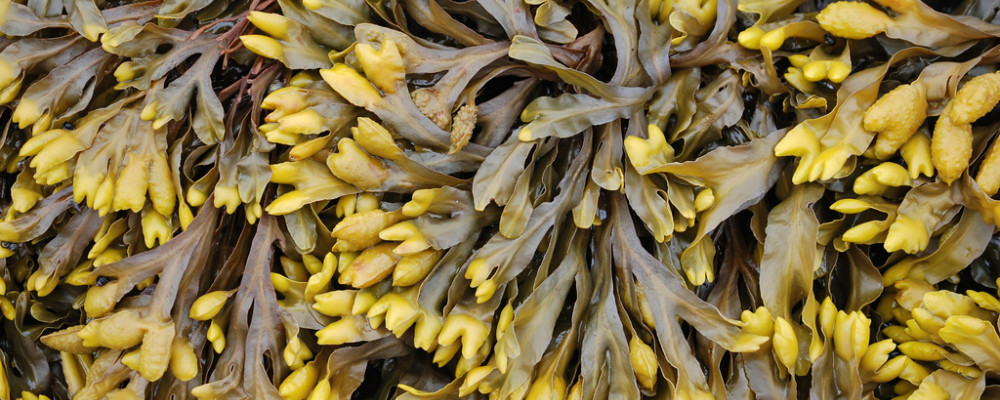
Focus on Fibres: Sustainable Seaweed Fabric... SeaCell™
Imagine a fabric that not just protects the skin from the environment, but carries its own healthy properties in its fibres. What if the ingredients in this fabric didn't involve farming or animal use, but came from an abundant resource - seaweed - found in our oceans? This is what the innovative and progressive seaweed fabric, SeaCell™, is all about. We explore whether this is truly a reality for sustainable fashion.
Seaweed fabric!? Sustainable, quasi-medicinal... worth it? Read more #ecofabric

Seaweed has always been linked to medical and health benefits. In just eight grams of dried kombu, a brown kelp, you'll find more calcium than a glass of milk! Seaweed contains iron and is an incredible source of iodine, which is important for thyroid function. As well as vitamins A, C and E, seaweed is also a source of vitamin B12, a deficiency in which can lead to a type of anaemia. It's a rich source of antimicrobial nutrients and also has anti-inflammatory properties. These properties make seaweed an inherently healthy source for skin-friendly fibres.
So, what about the fabric?
Recognising the scope for this material, Nanonic Incorporated, a corporation based in Florida, realised the concept of SeaCell™, where cellulose is mixed with seaweed to create a yarn. After much research they created a fibre that locks the properties of seaweed into a wearable fabric.
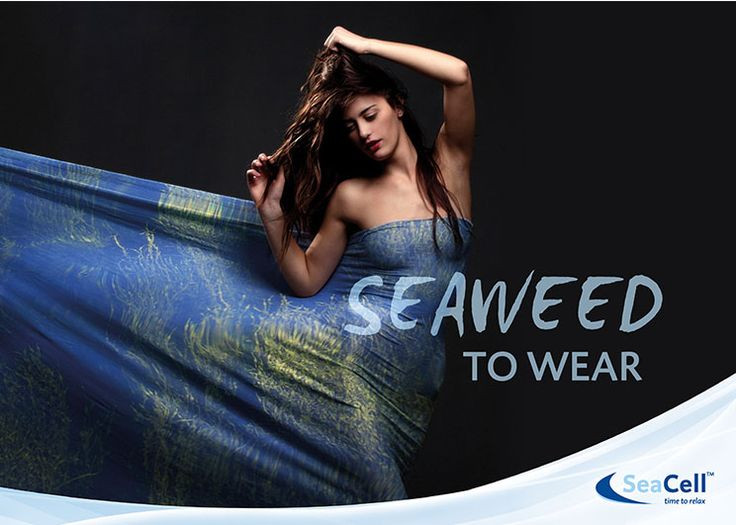
A fibre that locks the properties of seaweed into a wearable fabric... Read more

In fact, the company came up with two versions of the fibre. The pure version contains the unadulterated effects of seaweed. The second version, an enhanced Seacell™ known as SeaCell Active, with silver added to it to improve its effectiveness and enhance its properties.
Let me now tell you more about the technology behind this fabric and the different aspects connected to it.
How is it made?
SeaCell™ is made from brown algae called Ascophyllum nodossum, also known as Knotted Wrack, which is found in the Icelandic Fjords. Wrack is a wider family of seaweed which encompasses many different strains that grow all over the world. I've even foraged it on our humble British coastline. The fabric is manufactured in the same way as lyocell. Through a solvent-spinning process, cellulose is directly dissolved in a solvent containing water. After the washing and retting process, the solution is filtered and spun through spinnerets to yield filaments.
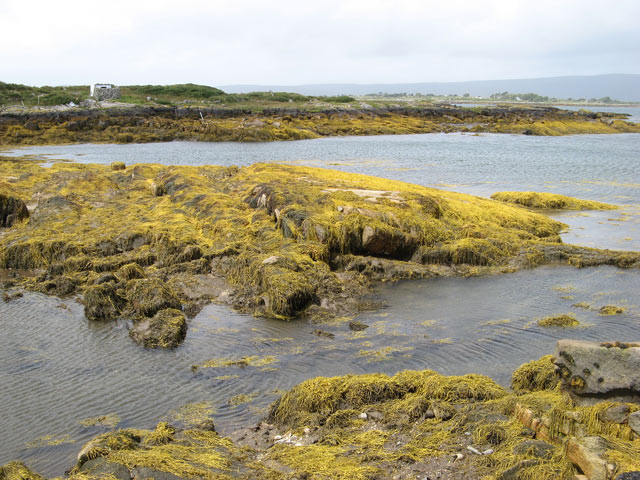
In SeaCell™ seaweed is added as the active ingredient to lyocell, which is the functioning substrate. Lyocell stabilises the seaweed. More details on the lyocell manufacture process are available here.
>> Register, and upgrade as a Professional Member of The Sustainable Fashion Collection for full access to our archive of Masterclasses on ethical fabrics and sustainable fibres. <<
Properties of SeaCell
SeaCell™ is a fibre with many benefits. It is breathable and light. The fabric feels soft and supple against the skin. The most impressive aspect of this fibre, however, is that the nutrients seaweed are retained in the fibre, including iron, calcium, magnesium and Vitamin E. Natural body moisture promotes this transfer of nutrients when the skin comes in contact with the fabric and the structure of the fibre encourages this exchange too.

Other impressive properties include its ability to absorb sweat faster than cotton. This makes it suitable for underwear and infant clothing. Seaweed also contains antioxidants that react with free radicals in the skin to neutralise them, thus slowing down ageing and reducing skin damage by the environment. SeaCell Active, which contains silver ions in its fibres, has all the properties of pure SeaCell™ as well as some additional benefits. The addition of silver gives the fabric enhanced anti-microbial, anti-bacterial and odour reducing properties, however, nano finishing techniques such as the use of nanosilver particles is currently under debate, because if these particles enter wastewater they accumulate in biosolids (sewage sludge), and as this is often disposed of through land application in the form of fertiliser, it could potentially affect soil-dwelling microorganisms.
Why is it sustainable?
It is easy to see why this fabric is sustainable. Not only is the product biodegradable, the manufacturing method also follows sustainable practices as it conforms to the Oeko-Tex ® Standard 100
Seaweed is naturally available in our aquatic ecosystems. Seaweed for use in SeaCell™ is collected by Smartfiber AG. They harvest a batch of seaweed once every four years and cut it only above the regenerative part of the plant. This ensures that the seaweed isn't permanently damaged. Additionally, cutting the upper portion of the plant in this manner encourages the plant to sprout more.
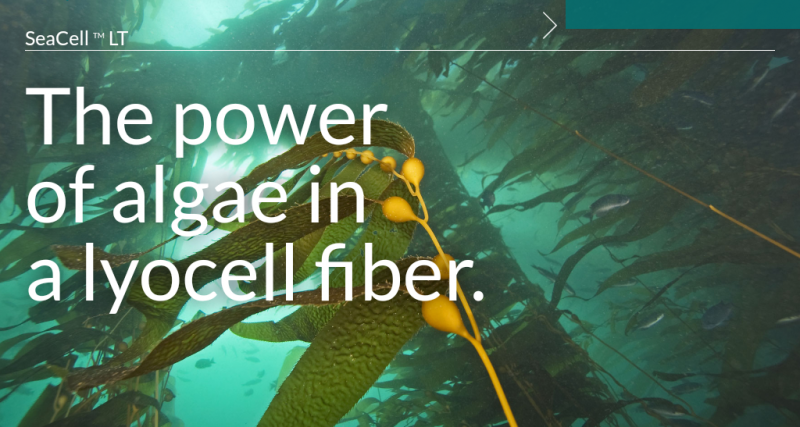
The plant is harvested using special machines with blades that do not cause any permanent damage. They are dried naturally, coarsely chopped and not subjected to any chemical treatment. This ensures that the natural components of the plant are retained. Since the resources are renewable and the production method is energy-efficient and environmentally friendly, this fabric is an eco-friendly one. It blends well with other types of fibres, and is suitable for activewear due to its softness and breathable characteristics. The end product is also 100% biodegradable.
A new #ecofabric technology that is energy-efficient to make from renewable sources!

Pros, cons and controversies
There has been much discussion regarding the percentage of seaweed that SeaCell™ actually contains. The seaweed is an additive, while the main component of the fibre is wood pulp which makes a cellulose host fibre for the seaweed, which actually only makes up five percent of the product. This brings the effectiveness of the magical properties of seaweed into question. More on this discussion is available on this article at the Exchanging Fire blog page.
The biggest controversy on the subject is with regard to Lululemon Athletica's VitaSea line of apparel based on Seacell™. Lab tests by the New York Times on a sample showed that seaweed minerals were barely traceable in their product, and it wasn't any different from plain cotton T-shirts. The results question the company's health benefit claims for the garments. Nonetheless, users agree that the feel of the fabric is entirely different from regular cotton T-shirts and VitaSea™ clothing continues to be sought by customers for the comfort it provides.
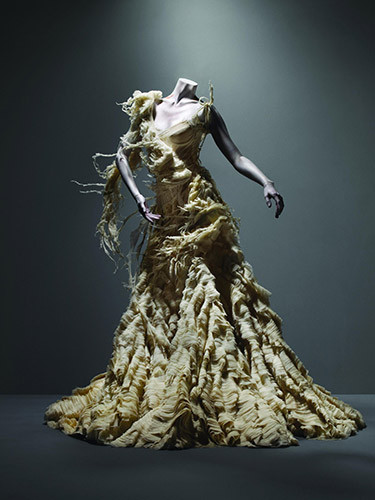

>> Register, and upgrade as a Professional Member of The Sustainable Fashion Collection for full access to our archive of Masterclasses on ethical fabrics and sustainable fibres. <<
Who uses it?
We wouldn't claim the use of Seacell™ to be widespread just yet but many activewear manufacturers like Lululemon, Orca Triathlete Outfitters, Adea yoga clothing and Falke socks and hosiery were the first to trial the use of SeaCell™ in their products and some are still using it over ten years on.
In 2019, the Swiss James Dyson Award went to a graduate of ÉCAL for a re-usable nappy made from SeaCell. The nappy was manufactured to be water-repellant using EcoRepel technology and, in its mono-material format, the nappy is easily recyclable. Brazilian designer Letitia Credidio recently launched a sleepwear collection using seaweed, with the garments claiming to release 'a natural hydration' when worn. Fashion brand Truly became the first in the UK to use SeaCell™ when they released their SS19 collection.
It seems the fabric technology has found a place within the activewear market and is still being experimented with by sustainable fashion brands. Of course, there are wonderful benefits for the planet and for us as wearers of fabrics, but how long will it be before this is realised on a more widespread scale?
Are you a designer that's thought about working with SeaCell™? We'd love to hear your thoughts on this fabric technology in application.

If you enjoyed reading this post then please sign up for our newsletter! You’ll receive round-ups of our latest blog posts about ethical and sustainable design and textiles, whilst being the first to know about new fabrics.
Interested in learning more about ethical textiles and how to use them in your fashion collection?
The Sustainable Fashion Collective brings you Masterclasses on specific fibre types. Each Masterclass contains lessons from guest experts, from brands to material innovators.
Working With Sustainable Cellulosic Fibres
Understanding Responsible Wool Production
Recycled Fabrics: The Social, Environmental and Economic Impact
Ethical Fabrics And Why We Need To Use Them
The Environmental Impacts Of Washing And Laundry
Materials Testing (With A Skin-Friendly Angle)
Using Fashion And Textiles To End Hunger
